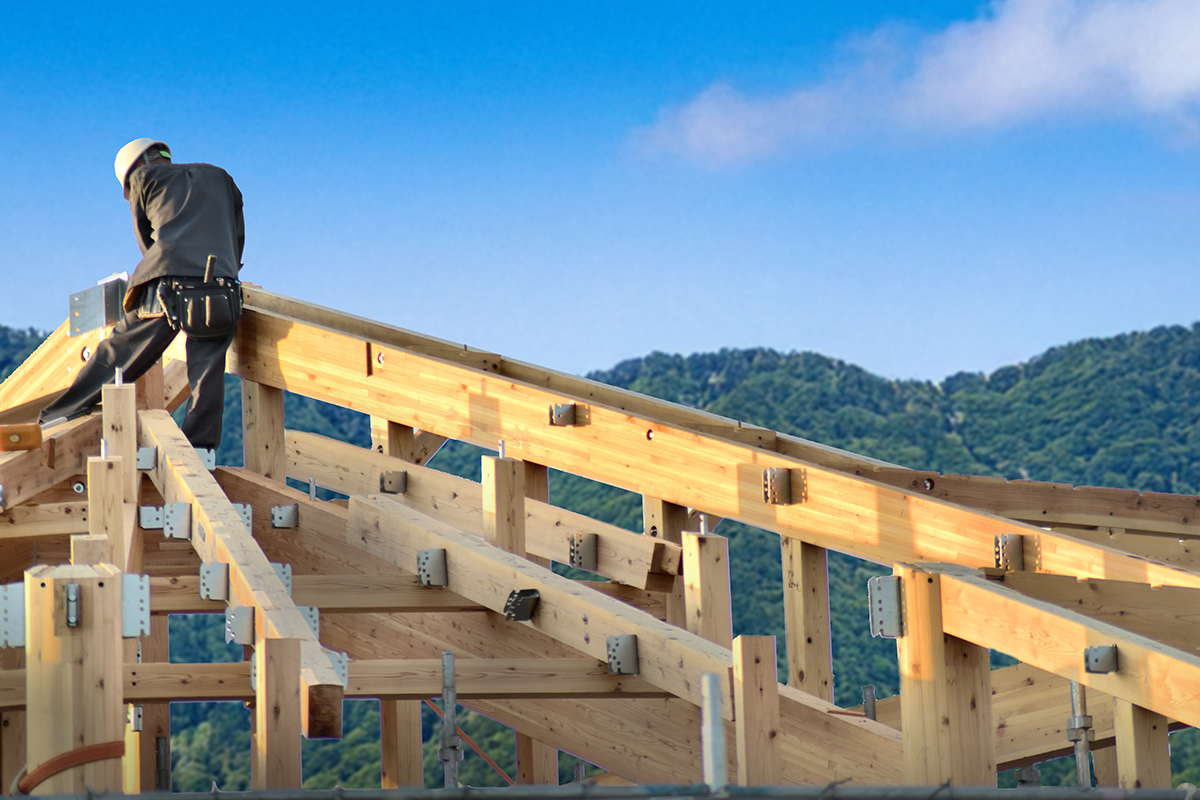The Quiet Boom: A Guide to Japan’s Next Great Places to Live
Beyond the Golden Route
The topography of desire in Japan is shifting. For decades, the narrative of domestic ambition was a magnetic pull toward the gravitational centers of Tokyo, Osaka and Nagoya. Today, a new map is being drawn, charted by those seeking a different kind of wealth—one measured in square meters, clean air and the quiet hum of a life well-lived. This recalibration, accelerated by the widespread adoption of remote and hybrid work, is not merely an escape from the density and expense of the metropolis. It is an active, discerning search for a new Japanese dream, a deliberate choice for lifestyles defined by more space, better value, deeper community ties and an intrinsic connection to the natural world.
This has given rise to a class of “hidden gem” locations—places that have long possessed the foundational assets of infrastructure, culture and affordability but have remained just outside the national spotlight. They are now on the cusp of wider discovery. This report serves as a guide to three such places, each representing a distinct archetype of this emerging ideal.
First is Takasaki in Gunma Prefecture, the balanced regional hub. It is a city that has masterfully leveraged its strategic position as a transportation nexus to offer a life of sophisticated urban convenience, without sacrificing its role as a gateway to some of Japan’s most spectacular mountain landscapes.
Second is Makinohara in Shizuoka Prefecture, the affordable coastal idyll. Here, a deeply traditional agricultural heritage, rooted in the nation’s most famous tea fields, coexists with a modern surf culture and is supercharged by some of the most aggressive and supportive relocation policies in the country.
Third is Ome, a municipality in the far western reaches of the Tokyo Metropolitan Area. It represents the accessible wilderness, a creative retreat that offers a genuine escape into nature and a slower pace of life, all while remaining tethered to the economic and cultural engine of the capital.
These are not just dots on a map; they are blueprints for a future way of living in Japan. For those with the foresight to look beyond the established centers of prestige, they offer a chance to invest in a richer quality of life before the quiet boom becomes a roar.
Part I: Takasaki — Resilient Hub with a Creative Heart
Takasaki presents a compelling proposition not as a provincial city, but as a strategic and increasingly sophisticated satellite of Tokyo. It offers a rare and powerful combination of premier connectivity, a dynamic economy and immediate access to the great outdoors, making it a frontrunner for those seeking a balanced, high-quality lifestyle without compromise.
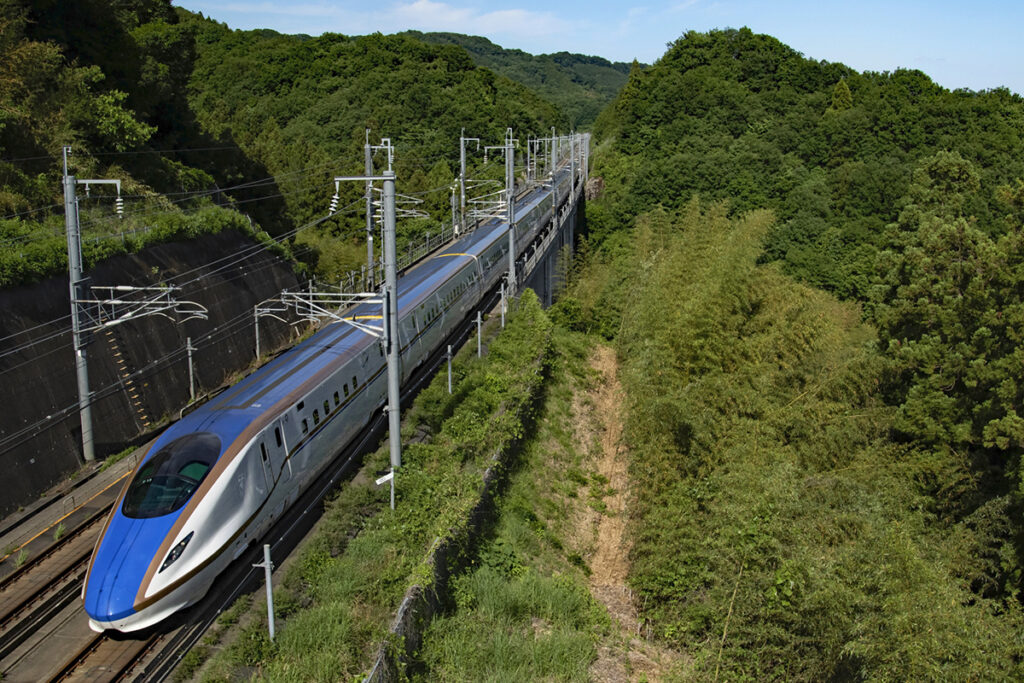
Crossroads City: Nexus of Connectivity
The foundational pillar of Takasaki’s appeal is its status as a first-class transportation hub. This is not merely a matter of convenience; it is a feature that fundamentally redefines the city’s relationship with the capital and the rest of the country.
At the heart of this network is Takasaki Station, a critical junction for two of Japan’s most important Shinkansen lines: the Joetsu and the Hokuriku. This high-speed rail access places central Tokyo just 50 to 60 minutes away from the station, a travel time that is a genuine game-changer for professionals. This commute is not only swift but also comfortable, often a more civilized experience compared to a packed local train journey of similar duration from within Tokyo’s own suburban prefectures. This capability transforms Takasaki from a “regional city” into a “viable Shinkansen commuter town,” attracting a demographic of Tokyo-based professionals and families who seek more space and a higher quality of life without severing ties to metropolitan careers. The city’s identity is thus not defined by its isolation from Tokyo, but by its optimized connection to it.
This premier rail access is supported by a comprehensive network of conventional lines, including the JR Takasaki, Shonan-Shinjuku and Joetsu lines, which radiate from the central station to serve the wider region. The city is also a nexus for major expressways such as the Kan-Etsu, Kita-Kanto and Joshin-Etsu, ensuring superb road connectivity for both personal and commercial transport. Within the city, a well-developed system of bus routes provides public transit options, although car ownership is still essential for maximizing access to suburban shopping and recreation.
Economy in Transition: From Silk to Software
Takasaki’s economic landscape is as diverse as its transportation network, characterized by a resilient industrial base that is actively evolving to embrace high-tech and lifestyle sectors. The city’s historical roots are in traditional industries such as silk-reeling, brewing and woodworking. Following World War II, this base expanded into heavy industry, including the production of machinery, metals and chemicals.
Today, Gunma Prefecture is known as a “manufacturing prefecture,” with the sector accounting for more than 30% of its total output. Takasaki plays a key role in this, particularly within the transportation equipment industry, which is a major employer in the region with corporate giants such as Subaru and IHI Aerospace having a significant presence. However, the city is not resting on its industrial laurels. There is a concerted push to cultivate emerging sectors, aligning with Gunma’s ambition to become Japan’s “most advanced digital prefecture.” A growing cluster in healthcare, life sciences and food production is being nurtured, supported by advanced facilities such as the Takasaki Advanced Radiation Research Institute.
This economic evolution has created a unique hybrid environment. The robust manufacturing and logistics sectors provide a stable foundation of employment, while the burgeoning digital and life science fields offer high-skilled professional opportunities. Simultaneously, the influx of affluent Shinkansen commuters has fueled a vibrant local service economy. This dynamic explains the city’s surprising reputation as a culinary destination, having won the national “King of Pasta” competition twice and supporting a thriving restaurant scene.
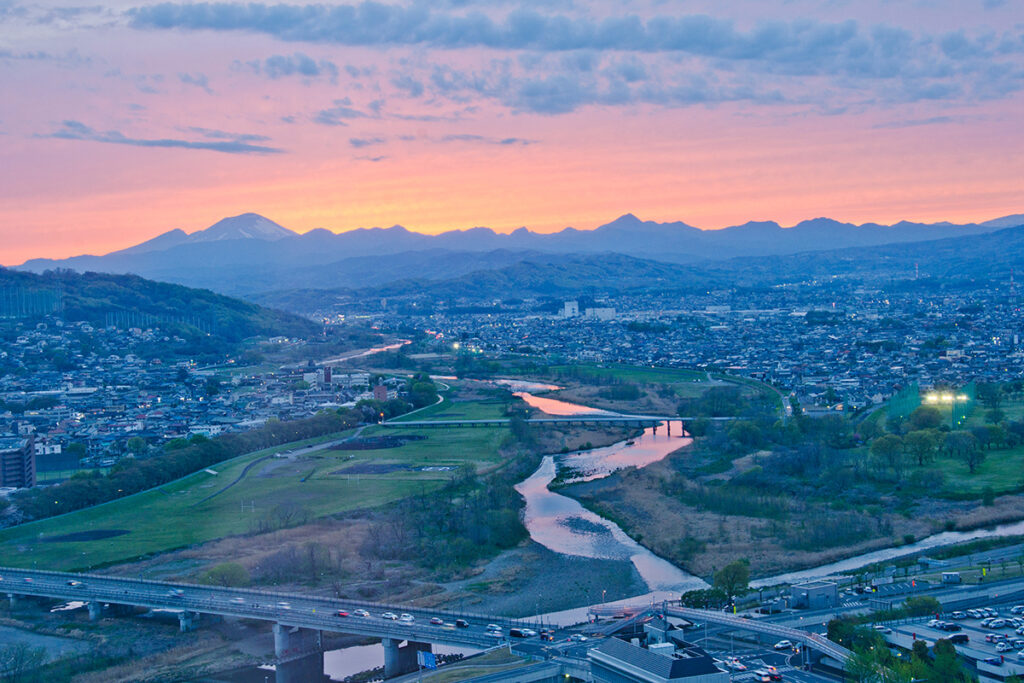
Takasaki Lifestyle: Urban Polish and Natural Escapes
The quality of life in Takasaki is defined by what can be termed “effortless duality.” It is a place where residents can seamlessly transition between a polished urban environment and a pristine natural playground, a balance that is difficult to achieve elsewhere.
The urban core, centered around Takasaki Station, is highly developed. It features department stores such as Takasaki Opa, large-scale shopping centers such as Aeon Mall Takasaki, the architecturally significant Takasaki Arts Theater and the modern G Messe Gunma convention center.
Yet, this urban sophistication serves as a gateway to some of Gunma’s most treasured natural landscapes. The city is the launching point for exploring the “Jomo Sanzan,” the three famous mountains of Gunma: Mt. Akagi, Mt. Myogi and Mt. Haruna. Mt. Haruna, in particular—with its stunning caldera lake and the ancient Haruna Shrine—is a major hub for recreation. This immediate access to nature is complemented by a rich onsen culture. World-class hot spring resorts such as Ikaho Onsen and Shima Onsen are just a short drive away.
For families, Takasaki is exceptionally well-regarded. The city provides a safe and supportive environment for raising children, with an abundance of childcare facilities, highly-rated schools and comprehensive medical support. Unlike life in central Tokyo, where accessing deep nature requires a significantly planned excursion, nature is an integral part of Takasaki’s daily fabric of life.
Property Proposition & Relocation Support
Takasaki’s real estate market offers a compelling combination of affordability and variety. With properties near the Shinkansen station commanding a premium, a clear price gradient exists. Moving into the suburbs, prices become substantially more affordable and the housing stock shifts toward spacious detached homes.
To encourage this move, Takasaki participates in the national relocation support scheme. You can find details on the city’s official Relocation Support Page. For those moving from the Tokyo metropolitan area and who meet specific employment or entrepreneurial conditions, the grant offers ¥1 million per household or ¥600,000 for a single person. The city also offers further subsidies for renovating vacant akiya (vacant homes) and for those moving to specific depopulated areas within the city’s boundaries.
| Property Type | Purchase Price (Approx. Median) | Rental Price (Approx. Monthly) |
| New Detached House (4LDK) | ¥33,500,000 | ¥105,000 |
| Used Detached House (All) | ¥15,800,000 | ¥85,000 |
| Used Condo (2LDK-3LDK) | ¥21,100,000 | ¥112,800 |
| Apartment (1K-1DK) | ¥5,900,000 | ¥58,000 |
Note: Prices are synthesized from mid-2025 market data. Rental prices are exclusive of management fees.
Relocation Verdict: Takasaki is the quintessential “balanced choice.” It is ideally suited for professionals and families who require an efficient link to Tokyo but desire more space, financial breathing room and a life integrated with nature.
Part II: Makinohara—Coastal Idyll Steeped in Green
Makinohara presents a different yet equally compelling vision of the new Japanese dream. It is a haven of profound affordability and a lifestyle deeply connected to the land and sea. While rooted in the traditions of its famous tea fields, the city is actively and intelligently reinventing itself, using a combination of modern leisure attractions and best-in-class relocation support to engineer a vibrant future.
Taste of a Place: Life in Japan’s Tea Capital
To understand Makinohara is to understand its relationship with tea. The city is located on the vast Makinohara Plateau, an area that is the heart of Shizuoka’s tea industry, which itself accounts for roughly 40% of all tea produced in Japan. The landscape is dominated by seemingly endless rows of meticulously manicured tea bushes.
This is more than just an agricultural industry, it is a terroir that shapes the local economy, culture and the rhythm of daily life. Green tea production is a primary economic driver, alongside fishing and auto parts manufacturing. The tea culture is made accessible to residents and visitors through experiential tourism. Facilities such as Green-pia Makinohara allow for hands-on tea-picking, and innovative concepts such as the “Chanoma” offer the chance to relax on private terraces set directly within the tea fields.
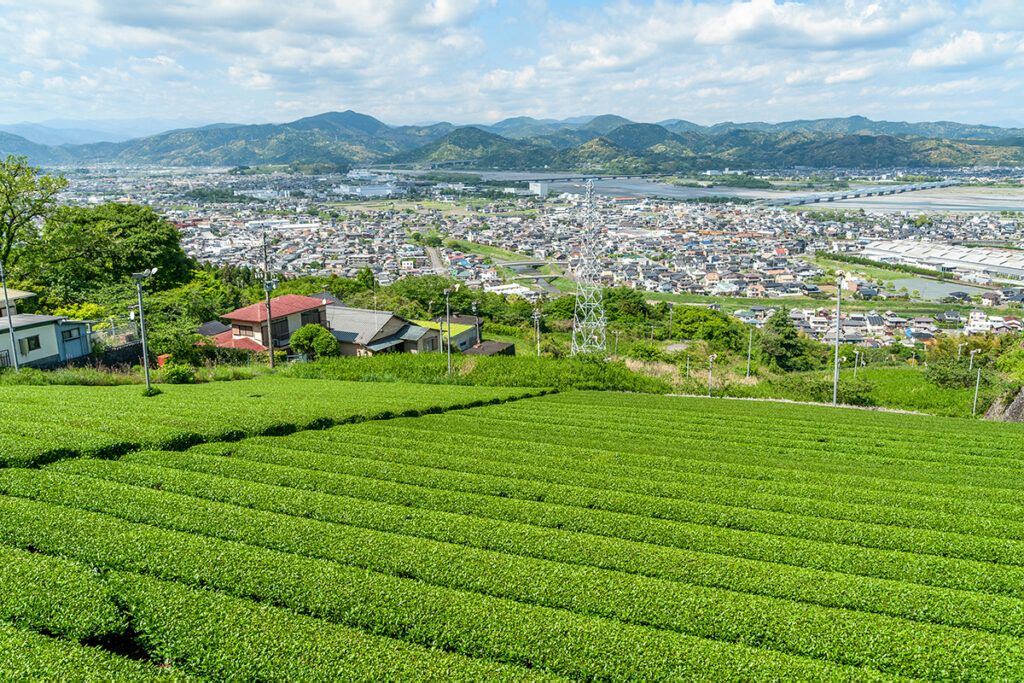
Sun, Surf, Serenity
Complementing its agricultural interior is a vibrant coastal culture. Makinohara is home to Shizunami Beach, a popular destination that attracts surfers from across the country as well as the more tranquil, family-oriented Sagara Sun Beach. This natural appeal is being consciously augmented with modern recreational assets. The city is notably home to PerfectSwell® SHIZUNAMI, Japan’s first large-scale artificial wave pool for surfing.
Makinohara’s investment in a high-tech surf park is a significant indicator of the city’s forward-looking strategy. It is a deliberate move to attract a younger, more active demographic in order to place Makinohara on the map for a global lifestyle sport. This modern attraction exists alongside more traditional leisure pursuits, such as relaxing at the local Sagara Koumare Onsen and participating in numerous local festivals.
Infrastructure and Proactive Support: Engineering a Revival
While Makinohara offers a distinctly rural and coastal lifestyle that necessitates car ownership, it is well-connected through the nearby Mt. Fuji Shizuoka Airport and the Tomei Expressway. Major Shinkansen stations at Kakegawa and Shizuoka are accessible by car, linking the region to the nation’s high-speed rail network.
However, the city’s most compelling infrastructural asset is its remarkably comprehensive system of support for new residents. The relocation incentives, detailed on the city’s Makinohara Life portal, represent a core municipal strategy.
- Relocation & Employment Support Grant (移住・就業支援金): Up to ¥1 million for a household moving from the Tokyo area, with an additional ¥1 million per child (for up to three children).
- Newlywed Housing Grant (新婚さん住む住む助成制度): Up to ¥600,000 to help new couples with rent and moving costs.
- Child Medical Expense Subsidy (こども医療費助成制度): Medical expenses are free for all children up to the age of 18.
- Childcare & Job Support: The city has achieved a waitlist of zero for its 15 childcare facilities and operates a dedicated job-matching service for new residents.
A dedicated relocation consultation desk at the city hall provides a human touchpoint for prospective movers. This multi-pronged approach demonstrates a clear, well-funded strategy to combat rural depopulation by making the city an irresistible choice for young working families.
The Property Proposition: Unparalleled Affordability
The real estate market in Makinohara is exceptional. Its level of affordability allows for a quality of life and financial freedom that is unattainable in major urban centers. The cost of housing—for purchase and rent—is dramatically lower compared to metropolitan areas. The market for used homes and akiya presents even more remarkable value.
| Property Type | Purchase Price (Approx. Median/Range) | Rental Price (Approx. Monthly) |
| New Detached House (4LDK) | ¥23,800,000 | ¥85,000 |
| Used Detached House (All) | ¥8,500,000 | ¥79,000 |
| Used Condo (2LDK-3LDK) | ¥5,500,000 | ¥65,000 |
| Apartment (1K-1DK) | ¥3,500,000 | ¥36,000 |
Note: Prices are synthesized from mid-2025 market data. The condo market is limited, consisting of older buildings. Rental prices are exclusive of management fees.
Relocation Verdict: Makinohara is the “Affordability Champion.” It offers an unbeatable combination of extremely low living costs, a serene and healthy lifestyle and arguably the best municipal support system for families in the country.
Part III: Ome, West Tokyo—The City’s Backyard Wilderness
Ome offers a genuine escape into nature and a slower, more creative way of life, yet never fully severs the umbilical cord to the Tokyo metropolis. It is a place that has thoughtfully branded its unique position as a “brackish water” zone—a rich, diverse environment where the city, the historic post town and the mountain wilderness converge.
Brackish Water Lifestyle: Where Tokyo Meets the Mountains
Ome’s most unique characteristic is its geographic and cultural duality. Though officially part of the Tokyo Metropolitan Area, its atmosphere is a world away from the frantic energy of Shinjuku or Shibuya. Ome is the gateway to the vast Chichibu-Tama-Kai National Park, offering residents immediate access to mountains, limestone caves, camping grounds and local onsen. The Tama River, which flows through the area, is a playground for whitewater rafting, canoeing and fishing, while the trails of Mt. Mitake and Mt. Odake provides extensive hiking opportunities.
The city actively markets itself not just as a place to live, but as a canvas for a “lifestyle project.” Its official portal, “My Home, My Ome,” is filled with interviews and stories of people who have relocated to pursue creative passions, start new businesses or undertake the rewarding challenge of renovating a kominka (traditional Japanese house).
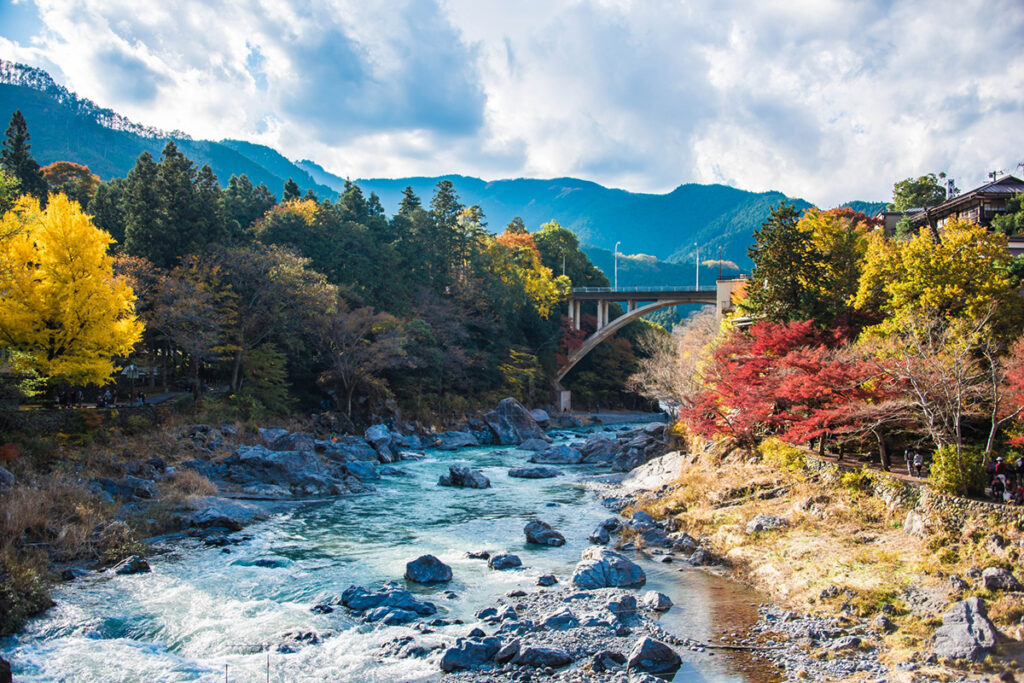
A Nostalgic Soul: The Allure of Showa Retro
Woven into the fabric of Ome’s community is a distinct and charming retro aesthetic. The town is widely known for cultivating a nostalgic atmosphere reminiscent of Japan’s Showa era (1926-1989). This is most visibly expressed through the hand-painted movie billboards that adorn many streets and the presence of dedicated institutions such as the Showa Retro Goods Museum. This curated nostalgia functions as a statement of values, a conscious choice to celebrate a slower, more tangible and community-focused past.
The Commuter’s Calculation: Clever Incentives and Connectivity
The primary practical consideration for anyone moving to Ome is the commute. The JR Ome Line provides a direct rail link to major hubs such as Tachikawa and Shinjuku, but the journey to Shinjuku takes approximately 60-65 minutes.
What makes Ome remarkable is how it addresses this potential weakness. The city’s government has demonstrated a sophisticated and empathetic understanding of the barriers to relocation by creating a suite of uniquely targeted financial incentives, all detailed on their relocation support page.
- Long-Distance Commuting ENJOY Support Fund (遠距離通勤ENJOY応援金): Provides up to ¥180,000 to help residents make their travel time more productive or comfortable.
- Trial Ome Life Subsidy (おためしおうめ生活補助金): Pays for up to four nights of accommodation for prospective movers to come and experience the lifestyle firsthand.
- Decided on Ome! Relocation Support Grant (おうめにきめた!移住支援金): Offers up to ¥1 million to assist with the move and home purchase for those who have engaged with the city’s consultation services.
- Other Subsidies: Additional grants are available for entrepreneurs starting new businesses and for those renovating vacant properties.
This is not a city simply throwing money at a problem; it is crafting intelligent, empathetic solutions that build trust and turn the prospect of relocation into a supported partnership.
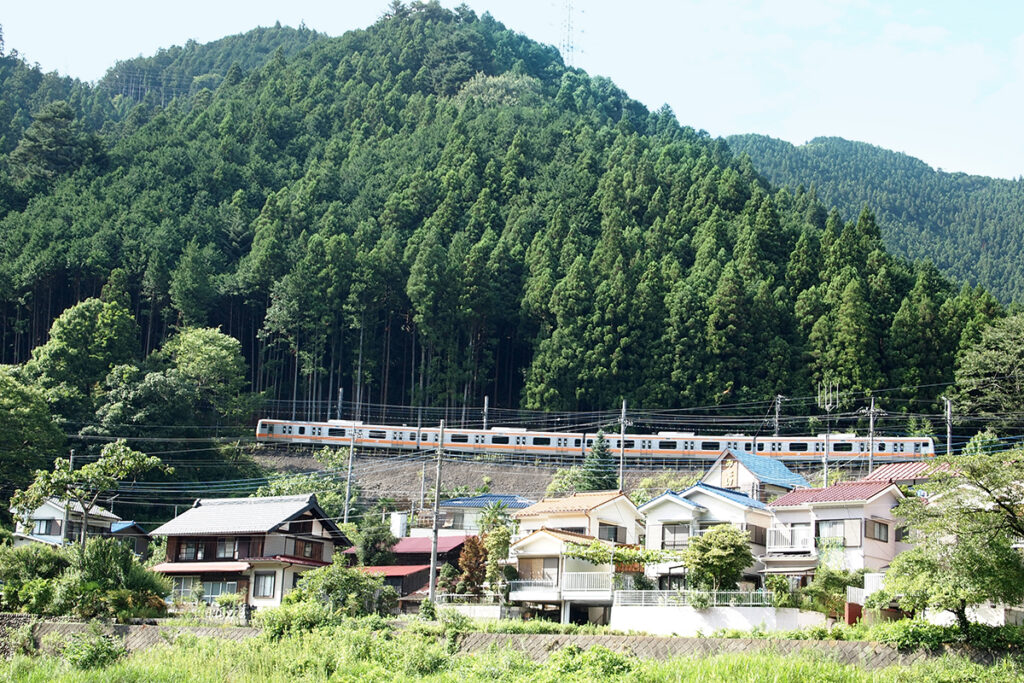
The Property Proposition: An Affordable Foothold in Tokyo
Ome’s real estate market occupies a unique middle ground. While not as inexpensive as the deep countryside, it offers a dramatic value proposition compared to the broader Tokyo property market. As of 2024-25, the average price for a new condominium in Tokyo’s 23 wards has soared past ¥100 million. In Ome, a brand-new, multi-bedroom detached family home can be purchased for a fraction of that cost.
| Property Type | Purchase Price (Approx. Median/Range) | Rental Price (Approx. Monthly) |
| New Detached House (4LDK) | ¥35,000,000 | ¥135,000 |
| Used Detached House (All) | ¥23,730,000 | ¥110,000 |
| Used Condo (2LDK-3LDK) | ¥22,800,000 | ¥77,000 |
| Apartment (1K-1DK) | ¥11,500,000 | ¥48,000 |
Note: Prices are synthesized from mid-2025 market data. Rental prices are exclusive of management fees.
Relocation Verdict: Ome is the “Creative Compromise.” It is the ideal solution for those who need to maintain a tangible link to Tokyo’s economic and social ecosystem but crave daily access to nature, a slower rhythm of life and a strong sense of community.
Choosing Your Japan
The search for a new home is a search for a new self, and the “best” place to live is a deeply personal equation. The three locations profiled in this report—Takasaki, Makinohara and Ome—offer distinct and compelling answers to the question of what a better life in Japan can look like. They prove that people don’t need to choose between opportunity and tranquility or affordability and a rich cultural life.
Takasaki stands out as the power-commuter’s choice. A city of balance that masterfully blends urban sophistication with immediate access to the grandeur of Japan’s mountains and onsen. It is for those who want everything conveniently.
Makinohara emerges as the champion of affordability and family life. It offers a sea-change in the truest sense. A life grounded in the traditions of the coast and tea fields, but one that is actively being shaped for the future by a remarkably supportive local government. It is for those who prioritize financial freedom and a nurturing environment.
Ome is the creative’s retreat. A pocket of wilderness that remains, within the orbit of Tokyo. It provides the space and inspiration for a self-directed life, backed by uniquely empathetic support. It is for those who need to keep one foot in the metropolis while planting the other firmly in the forest.
The final decision rests on individual priorities, but this comparative analysis provides a clear framework for that choice.
| Attribute | Takasaki, Gunma | Makinohara, Shizuoka | Ome, Tokyo |
| Tokyo Access | ~55 min (Shinkansen) | ~2.5 hrs (Car + Shinkansen) | ~65 min (JR Ome Line) |
| Lifestyle Archetype | Urban / Nature Balance | Coastal / Rural Idyll | Suburban / Mountain Retreat |
| Avg. New 4LDK House | ~ ¥33,500,000 | ~ ¥23,800,000 | ~ ¥35,000,000 |
| Key Relocation Draw | Balanced Lifestyle & Superb Connectivity | Unbeatable Affordability & Family Support | Creative Freedom & Tokyo Proximity |
By showcasing these compelling but often overlooked options, the goal is to empower a discerning audience to look beyond the obvious. The right corner of Japan awaits, offering a chance to find a vision of a better life—and to get there before everyone else does.

